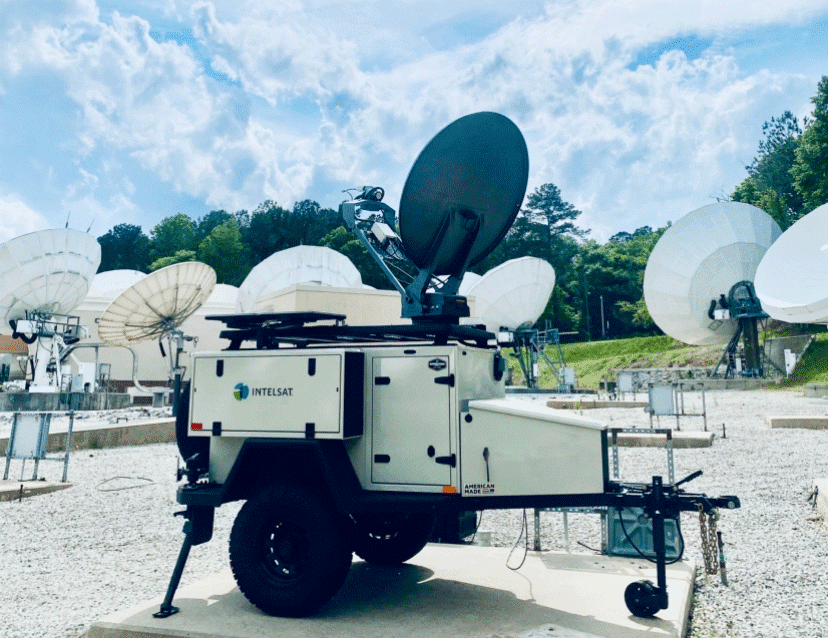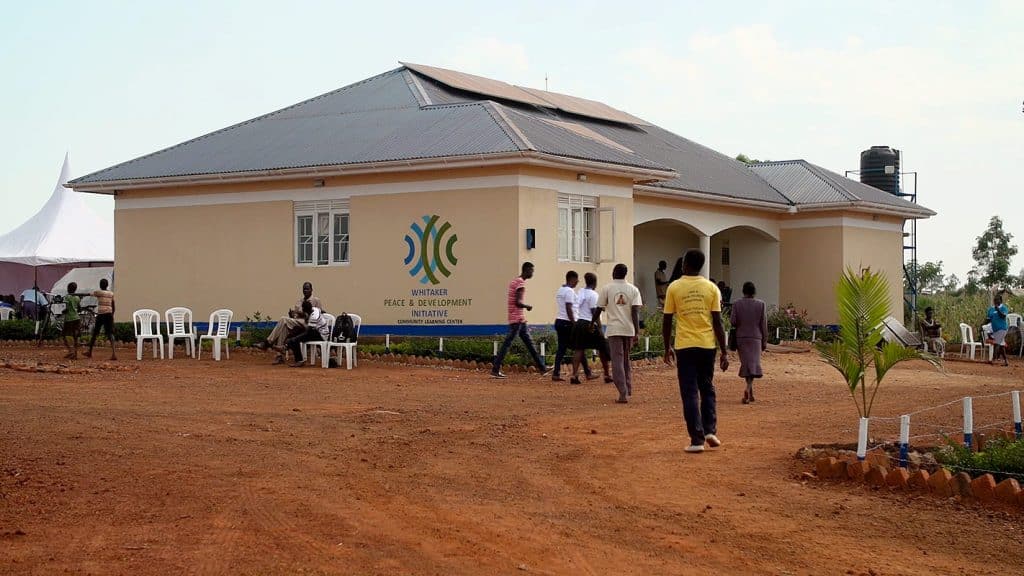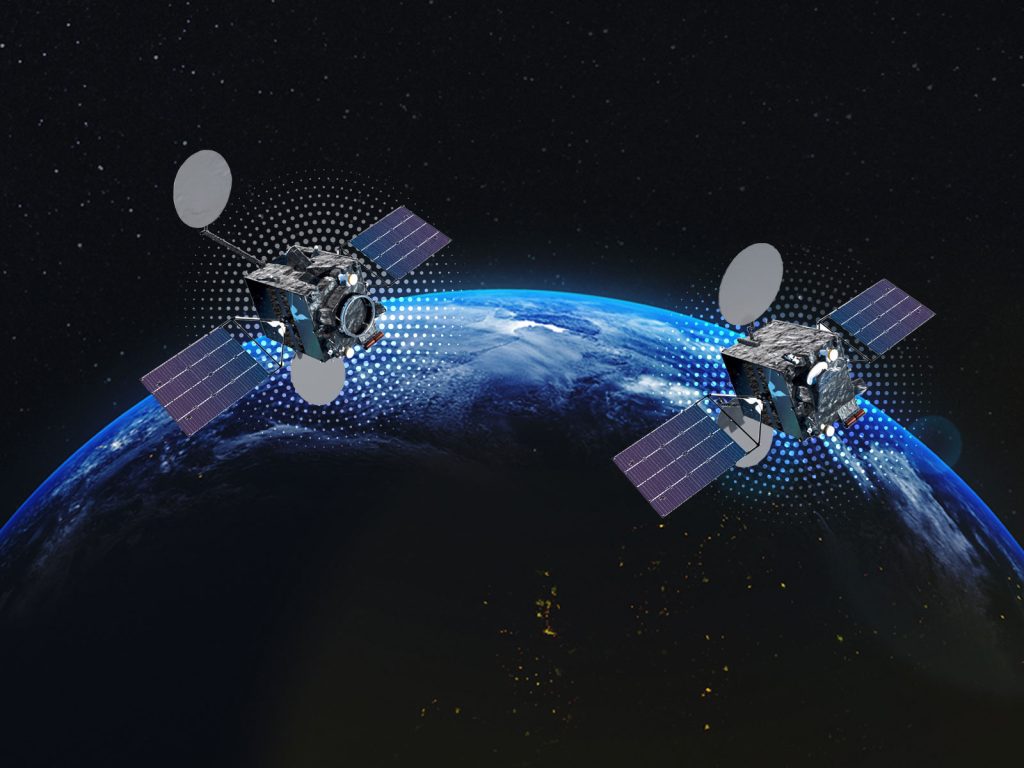2017 Trends in Mobility
Moving Closer to Delivering the Home WiFi Experience to Users on the Move
Mark Richman, Director, Product Management, Mobility
The mobility sector remains one of the most dynamic and growing opportunities for broadband providers, driven by the demand that end users want to remain connected at all times. As maritime operators and their crews and cruise line and airline passengers experienced better and better connectivity in 2016, the primary mobility trend for 2017 follows naturally – service providers accessing more and more bandwidth to deliver a WiFi experience that rivals that at users’ homes.
This need for more mobility bandwidth is driven by a shift in user expectations from ‘nice to have’ to ‘this needs to be a lot better’. Initially, users were happy just to exchange emails or read web sites. Now, as more bandwidth becomes available and services are upgraded, users also expect to be able to send out large files, such as business data or high-resolution photos and video from their vacations. In fact, WiFi has become so important to airline passengers it has become the new “legroom” of commercial airlines. Similarly, cruise passengers expect to bring their own device on vacation to actively engage on social media while aboard the vessel. For both airlines and cruise ships, WiFi connections that can keep passengers connected while onboard and allow them to deliver as much data as they consume are now THE differentiator in the marketplace.
For satellite broadband providers, this creates an opportunity to begin meeting these needs this year. High-throughput satellites already in orbit have the available bandwidth to satisfy end users connectivity demands, especially when these satellites, such as Intelsat EpicNG, have been optimized to deliver connectivity in areas of high demand, such as highly traveled aero and mobile traffic routes. Intelsat 29e and Intelsat 33e are in orbit and ready to deliver these high-throughput services today, and scheduled launches in 2017 will deliver three additional Intelsat EpicNG satellites to make sure this connectivity is available when and where network operators and end users need it.
Another area where satellite will play a critical role in the 2017 mobility landscape is the connected car. Auto manufacturers are excited about the potential of being able to monitor vehicles and their systems remotely and provide software updates via broadband connections. What a game changer to think that the car you buy today will get better and better as new software features become available. The delivery systems that make this possible will rely on hybrid connectivity featuring both satellite and terrestrial technologies, and the elimination of the need to bring cars into the dealership for simple code updates will save money and time for manufacturers and drivers. And as more driverless cars and trucks begin to take to the roads; those same satellite-cellular networks will be used to monitor those vehicles as well.
The automotive improvements are dependent on advances in antenna technology that Intelsat has been supporting for several years. We saw milestones and announcements around the development of smaller, more efficient antennas in 2016 that will have impact across the mobility sector. That momentum will continue into 2017 with production-ready units available over the course of the year.
The next year promises to be, “Annus Mirabilis” according to Runway Girl, which means that it’s a year of expanding opportunities for mobile broadband providers and better experiences for end users. The business challenge will be making it easy for network operators to incorporate this increased bandwidth into their operations and deliver it in the right places with winning business models. We know that our customers don’t want to have to buy megahertz and then determine the best way to serve the end user. That’s why we are working with our ecosystem partners to make it easier to incorporate high throughput technology into their global networks. This is not just about the right technology but also about the ecosystem working together to make it easier for our customers to focus on their business while we handle the bandwidth.
Does your service provider offer you the same?






















